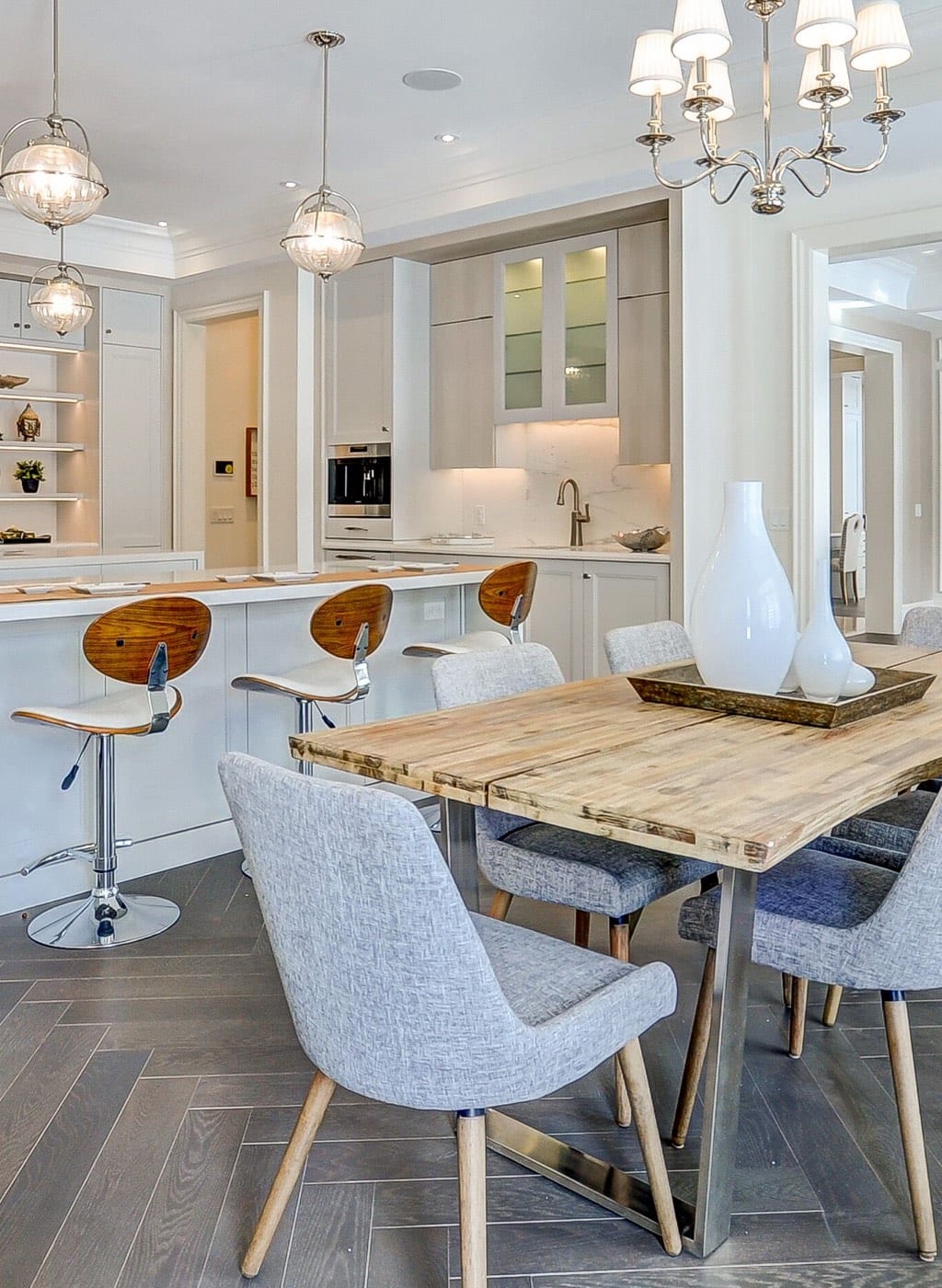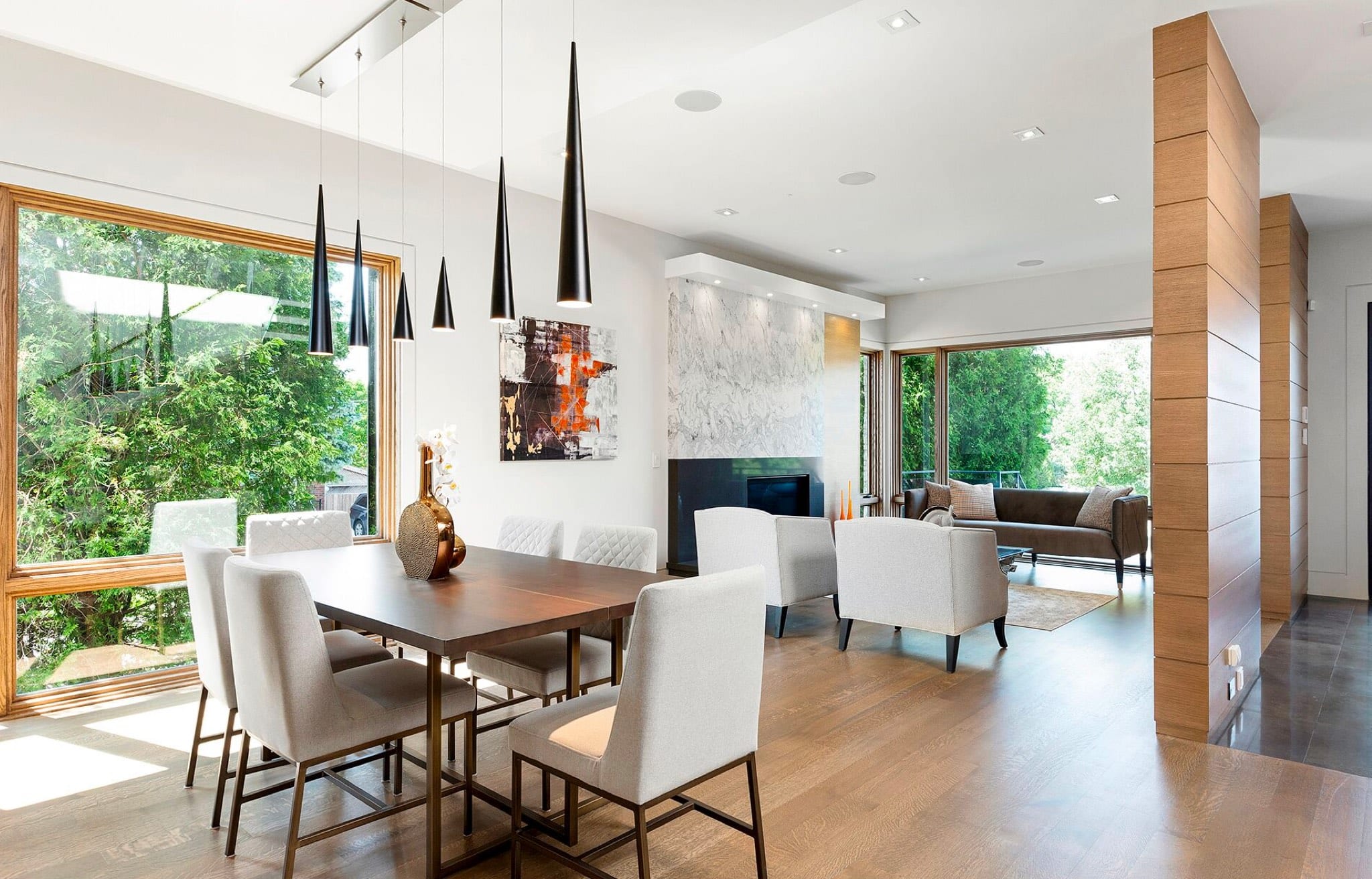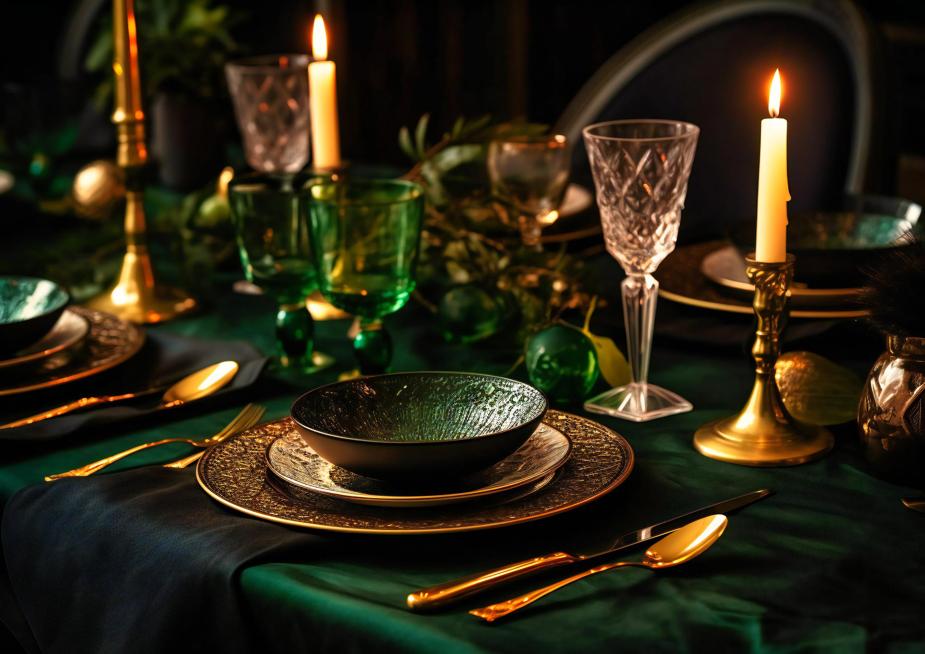A Spectacular Wine Cellar
By architect Gordon Ridgely, originally for COLLECTIONS by Harvey Kalles Real Estate Ltd., Brokerage
Over the years, there has been an increase in awareness and appreciation for fine wines and how they enhance the dining experience. As consumer interest grows, so to does the number of collectors, particularly as many fine wines improve dramatically with age and their value increases as availability diminishes. It is now common for consumers to make large purchases of particularly fine vintages. These must be properly stored, in order for their flavour and value to be maintained.
When building a personal wine cellar, it is easy to get caught up in the technical aspects which involve many factors. The temperature should be maintained at 13 degrees C. Relative humidity should range from 70-75%. The cellar should be dark, vibration free, and clear of strong smells. Bottles with corks should be stored tilted on their side, with the cork only partially in contact with the wine, since neither a dry nor saturated cork will function properly. In more recent years, we have seen fine wines bottled with “screw” tops. In these instances, the tilting is no longer significant. Finally, since warm air rises, red wine should be placed at the top of the storage racks, with whites and champagnes at the cooler bottom level.
The correct method to store bottles in a wine cellar is usually quite complex. The use of diagonal bins designed to hold a case of 12 bottles is quite common. If you don’t intend to purchase vintages by the case, you will want to store individual bottles on tilted horizontal shelves with cleats designed to impede rolling. These bottles should be placed with the label facing outward, allowing them to be easily read. Smaller ‘half sized’ dessert wine bottles or special oversized bottles, common with fine reds, will require special shelving configurations. Finally, wine cellar refrigeration units may be purchased in a range of sizes to suit the needs of any cellar.
Despite these requirements, a true wine cellar needs to be more than technically correct. It should be like a stage set, creating an ambiance that enhances the experience of selecting and tasting the perfect bottle. Just as every vintage has its own unique charms, it is the personality of the collection that will have the greatest influence over the design personality of the cellar. To properly display a great collection of wine is indeed part of the pleasure – not unlike looking at a great work of art.
I was commissioned by a very enthusiastic oenologist to design a ‘state of the art’ facility for his personal collection, which includes an assortment of rare and precious whiskeys and grand cognacs. We decided to organize the cellar as a series of unique rooms consisting of a long hall, a tasting room, a primary cellar and a case goods storage room. Exquisitely carved tudor-style woodwork salvaged from the owner’s main floor renovation formed the backbone of the new cellar.
The hallway leading to the wine tasting room is lined on both sides with glass cabinets. These were constructed using six of the main floor door frames with hand carved embellishments. The cabinets have glass shelves and green silk shantung backs. They house a beautiful Canadian pressed glass collection, assembled by the owner. The entry doors to the hallway have gothic carved panels which originated from the main floor stair hall. We installed salvaged wide quarter-sawn oak plank floors in this hall, as well as the tasting room.
The walls of the tasting room are English brown oak with the authentic Tudor style design, originally found in the main floor entry hall. The handsome brass sconces and chandelier were also original to the house and refurbished. Two paintings of British clipper ships, used to transport Sherry and Madiera to English shores, were added to build on the historical ambiance. Shelving in this area was installed to showcase special liqueurs, as well as a library of books related to the study of wine.
A beautiful bronze grilled glass door leads into the climate controlled main cellar. The bronze grill was found at an antique dealer who specializes in architectural elements. During the cleaning of the bronze, we took great care to ensure that the original patina was maintained. The view through this door to the main collection is spectacular. To ensure proper illumination, lighting controls allow brightness when looking in or entering but can also be dimmed to achieve a softer light level. The floors in the cellar are made of Indiana limestone. The look and feel of the limestone is consistent with traditional cellars, and has the added benefit of reducing temperature fluctuation.
The perimeter walls of the main cellar are lined with a variety of shelving types. All woodwork in this area is quarter-sawn oak to emulate the original paneling found in the adjacent room. The central area is cruciform in design which creates a more interesting space than could be achieved with a series of aisles. The unique pattern helps to define the various zones of the collection. These cruciform shelves terminate in shallow glass cabinets with glass shelving. The surrounds are decorated with hand carvings of grape motifs. These cabinets provide generous storage to house special wine glasses, exceptionally rare bottles, and wine related items such as sterling goblets and antique cork screws.
One of the final elements of this wine cellar is found in the tasting room, where the owner chooses to enjoy cigars with his drink. To deal with the smoke, a special air handling device was installed to thoroughly exhaust and replenish the room with fresh air while it’s in use. As a result, the area can be used and appreciated time and again without the stale smell of lingering tobacco.
The planning and implementation of a wine cellar is a fulfilling process. The environment is the result of a great creative act that combines the personality of the owner with the personality of the collection. When properly designed, the resulting space can be used for years to come as a centre for entertaining, intimate conversation or reflective moments filled with peace and solitude.
Photo by Mitch Fain




